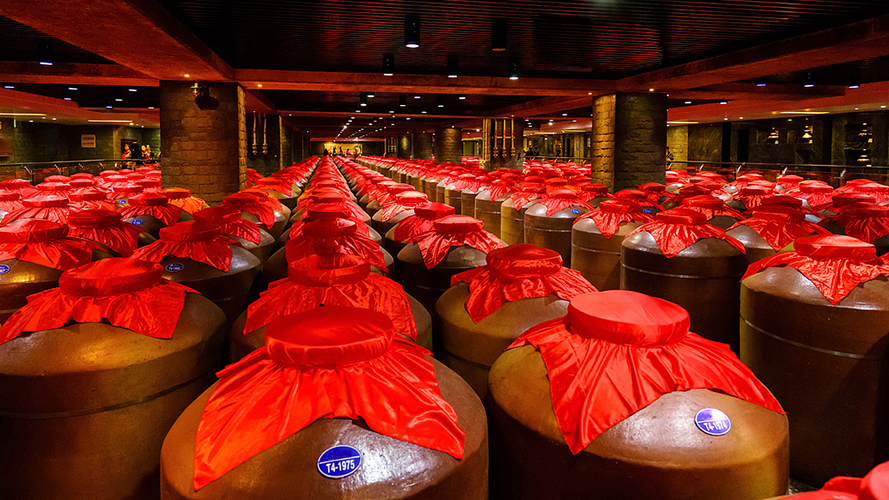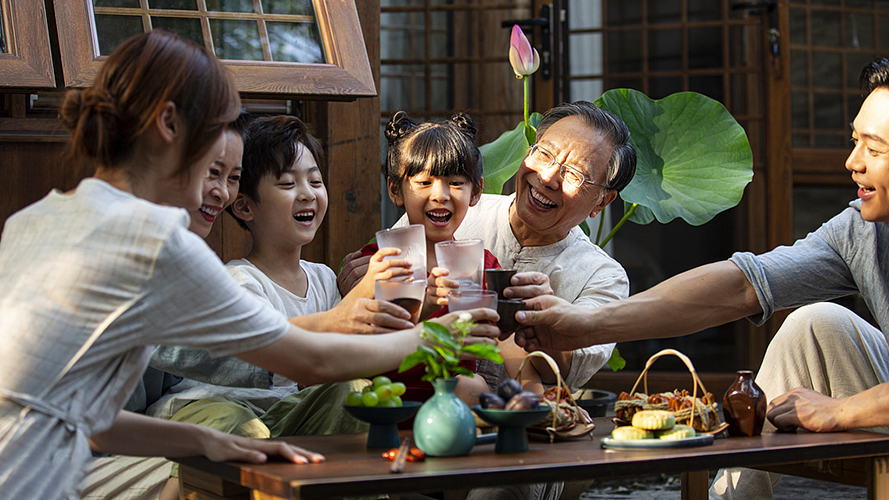What is Chinese liquor?

Baijiu (Chinese liquor), a distilled spirit, is a traditional Chinese alcoholic beverage with thousands of years of brewing history. It is an integral part of Chinese traditional culture and one of the world’s six major distilled spirits (the other five being whiskey, brandy, vodka, rum, and gin).
Chinese baijiu’s unique brewing process, raw material selection, and flavor profile distinguish it from other alcoholic beverages, making it a highly recognizable “Chinese symbol.”
Core Characteristics of Chinese Liquor
Raw Materials and Brewing Process
The main raw materials are grains such as sorghum, rice, corn, wheat, and glutinous rice (different flavor profiles emphasize different raw materials, for example, Maotai-flavor liquor primarily relies on sorghum).
The koji (jiuqu) is the “soul” of Chinese liquor, rich in various microorganisms and enzymes, and determines the flavor foundation of the liquor.
Fermentation cycles are long (ranging from dozens of days to several years), requiring multiple rounds of fermentation and distillation. The final product is finally achieved through aging (storage in ceramic jars, wine vats, and other containers) and blending (using different base liquor ratios).
Alcohol Content and Flavor
Alcohol content typically ranges from 40% to 68% by volume (low-alcohol baijiu is typically 38% to 42%), making it a highly distilled spirit.
The flavor is complex and unique, containing hundreds of flavor compounds such as esters, alcohols, and acids, forming a rich aroma spectrum. Currently, the mainstream aromas include:
Luzhou-flavor liquor: exemplified by Wuliangye and Luzhou Laojiao, boasts a rich, mellow, sweet, and mellow aroma, highlighting the “cellar aroma.”
Sauce-flavor liquor: exemplified by Moutai, boasts a prominent, elegant, and delicate sauce aroma, with a long-lasting aroma even after emptying the cup. The fermentation process is the most complex.
Fen-flavor liquor: exemplified by Fenjiu, boasts a pure, light aroma and a refreshing finish, emphasizing a “clear and lasting” flavor. There are also over ten other flavors, including rice-flavored (such as Guilin Sanhua Liquor), phoenix-flavored (such as Xifeng Liquor), and blended-flavor (such as Baiyunbian Liquor).
Cultural Attributes
Chinese liquor is woven into everyday life, including social interactions, rituals, and celebrations. Whether at family gatherings, business banquets, or traditional festivals like Spring Festival and Mid-Autumn Festival, baijiu is often used as a medium for emotional connection.
Its brewing techniques (such as those for Moutai and Luzhou Laojiao) have been designated as national intangible cultural heritage, reflecting its profound cultural heritage.

Differences from Other Distilled Spirits
Different Fermenting Agents
Chinese baijiu uses different “koji” (jiuqu) for different flavors, while other distilled spirits generally use a single yeast.
Different Fermentation Methods
Chinese baijiu primarily utilizes “solid-state fermentation,” relying on specialized environments like cellars (such as mud cellars for strong-flavored baijiu and ground jars for light-flavored baijiu), while other distilled spirits typically undergo liquid or semi-liquid fermentation.
Different Flavor Logic
Chinese liquor emphasizes complex aromas and layers of flavor, rather than a single flavor profile (e.g., vodka pursues purity, while whiskey emphasizes smoky or fruity notes).
